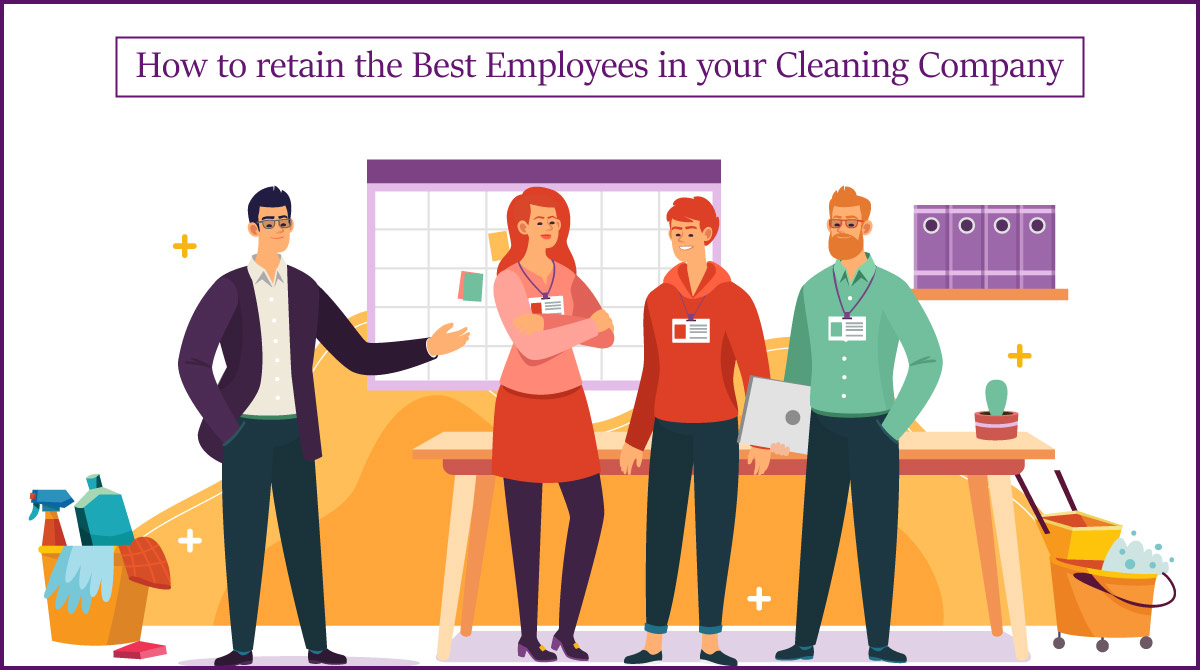Did you know that images are also searchable on Google? Users not only search for text content, but also search for images.
They say, “A picture is worth a thousand words,” and we think they are absolutely right! As a digital marketer, you’re already aware that keywords, SEO, and exceptional content can bring in more traffic. But what about images? They are secret of traffic generation.
Unfortunately, many marketers are oblivious to Google Image Search when they are exploring the best ways to promote their brand or drive traffic to their website. While ranking by term in Google Image Search might not bring you a lot of traffic, you shouldn’t ignore it.
You can use Google Image Search to get more visitors to your site. In this article, we’ll show you exactly how to use Google Image Search.
What is Google Image Search?
Google Image Search allows you to search for a term and images related to the text you entered. This is what many search engines offer, right? But unlike other search engines, Google Images can help you drive traffic through your images.
Google adds more contexts to photos in image search results, giving your website new opportunities to drive traffic. Information about people, places or things related to photography is pulled from the Google Knowledge Network and displayed below the images when you click on them.
5 ways to optimize images for Google
Here are some ways you can optimize images to increase Google image search traffic.
1. Think of it as Another Traffic Opportunity
If your content is included in the Google Network, you will have more opportunities to appear on search engine result pages (SERPs) for competitive keywords. Wikipedia is not the only source of information on the Google Network. Google pulls information from hundreds of websites across the Internet to gather billions of facts.
Local businesses can get the most of image searches. This is because information from your network, along with a link, could potentially appear below these images.
2. Create your own unique images
We strongly recommend using original images made by you or your employees. Remember, your Meet the Team page needs photos of your real team, not some random guys standing in a stock photo.
Likewise, your blog needs photos that are relevant to a topic. If you choose a random image just to get a green mark when analyzing the content of your SEO plugin, then you are doing it all wrong.
The image you are using should reflect the theme of your blog. Or it should have an illustrative purpose in the content. Also, try to post a photo next to the relevant text.
Don’t have any images of your own that you can use? No problem. There are many other ways to find exclusive photography and still avoid stock images. Once you have the correct image – be it an illustration, diagram, or graph – the next step is to optimize it before using it on your site.
There are several factors to consider:
Choose the right filename.
Use the focus keyword in the image file name. This will help Google know what the image is about without even looking at it.
Choose the correct format.
There is no correct format for images. It all depends on the type of photo and how you want to use it. You can use various formats such as:
- JPEG – Best for large photographs or illustrations as it produces optimal results in terms of color and clarity with relatively small file sizes.
- PNG – Use this if you want to preserve the transparency of your background.
- WebP – This will give high quality results with smaller file sizes. Use tools like Squoosh to convert your photo to WebP.
- SVG – Best for logos and icons. You can manipulate SVG images – for example, resize them without losing quality – using CSS or JavaScript.
3. Use relevant images
Infographics are perfect for boosting your traffic with relevant images. At the same time, they can add details to your content. Infographics can attract large numbers of visitors and establish your credibility in less time. You don’t need to create infographics for every content you create. However, you should use photographs that are relevant to your topic.
Everything in your images should be related to the theme of your site, and this will organically increase your traffic. Make sure your photos are not unattractive, blurry, slow to load, or awkward.
4. Add the correct keywords to the content for your images
Are you creating content that ranks for your SEO keywords? Start with these keywords instead of writing anything and putting keywords into your content. Likewise, when optimizing your image search, start with keywords and grab them from there.
Keep the following in mind when optimizing images:
- Make sure the images are related to the desired keywords. Name the image file based on your keyword. For example, if you are trying to optimize for “advertising”, name the image something like “Advertising.jpg”
- Add a keyword to the title and caption of the image.
5. Scale for SEO images
Load time is critical to user experience and SEO. The site which loads faster has easier option to index the web page on Google. Photos can have a significant impact on your site’s load time. This is especially true when you load a large image and then choose to display it at a small size. For example, if you are displaying a 2500 × 1500 pixel photo with a size of 250 × 150 pixels, it will take some time to process because the entire image still needs to be loaded.
Resize the photo the way you want to show it. If you are using WordPress, you can automatically resize your image to multiple sizes after upload. But this does not mean that the file size is also optimized. It just optimizes the size of the displayed image.
Conclusion
How to Use Google Image Search to Drive More Traffic? Well, image search traffic depends on several factors. Google is improving its image recognition every day. Therefore, you need to make sure that all the images on your site, along with their elements, contribute to a good UX.
COMMENTS
LET US KNOW YOUR REQUIREMENTS
You must be logged in to post a comment.


